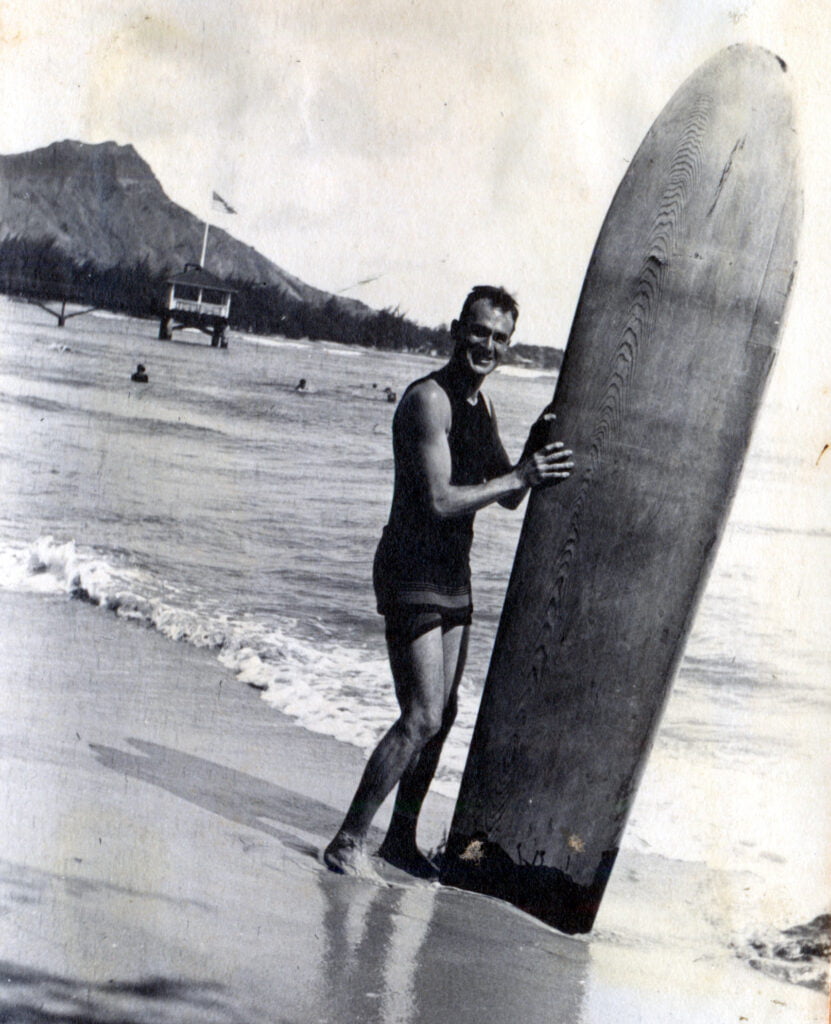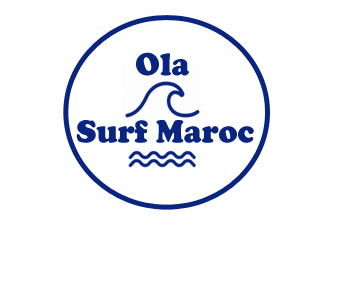The History of Surfing
The history of surfing is rich and fascinating, dating back centuries and evolving across different cultures and regions of the world. Here’s a look at the history of surfing, from its beginnings to its development into a popular sport:
Ancient Origins: The origins of surfing date back thousands of years, with archaeological evidence of similar practices in different parts of the world. However, surfing as we know it today has its roots in Polynesian cultures, particularly in Hawaii. The Polynesians used hand-carved solid wood planks called “alaia” and “olo” to slide on the waves. Surfing had deep spiritual and social significance in these cultures.
The arrival of Westerners: The arrival of European explorers and missionaries in Hawaii in the 18th century marked a turning point in the history of surfing. Missionaries attempted to suppress some cultural practices, including surfing, but it survived thanks to the efforts of Hawaiians who preserved it in secret.
Rediscovery in the late 19th century: The rediscovery of surfing in Hawaii is largely attributed to the famous Hawaiian surfer Duke Kahanamoku in the late 19th century. He helped popularize surfing across the world by demonstrating his skills at international sporting events.
The emergence of modern surfing: Modern surfing began to take shape in the early 20th century in California. Californian surfers began experimenting with shorter, lighter boards, which allowed for more dynamic maneuvers. Surfing became a symbol of counterculture in the 1950s and 1960s, with iconic figures like the Beach Boys and films like “The Endless Summer.”
Professionalization of Surfing: In the 1970s, surfing became a professional sport with the establishment of global competitions and circuits. Surfers such as Kelly Slater and Andy Irons have become surfing legends.
Innovation and diversification: Surfing has continued to evolve with the introduction of new board designs, surfing styles such as shortboarding and longboarding, and disciplines such as big wave surfing, competitive surfing , river surfing, and bodyboard surfing.
Surfing today: Surfing has become a global sport, with millions of people practicing it around the world. It has also become a significant industry, with clothing brands, surfing equipment and high-profile competitions such as the World Surf League (WSL).
Surfing remains anchored in Hawaiian and Polynesian culture, while having become an international phenomenon that attracts enthusiasts of all ages and backgrounds. It embodies the love of nature, the ocean and adventure, while reflecting the fusion of different cultures and influences throughout history.
Broadcast in the United States and Australia
In the early 1900s, Alexander Hume Ford (1868-1945) and Jack London publicized surfing as a leisure and means of attracting tourists to Hawaii. Surfers gather around the Outrigger Canoe Club, a nautical club reserved for whites. Hawaiians George Freeth and Duke Kahanamoku found a multiracial club, the Hui Nalu Club (1908), to bring together surfers from Waikiki Beach and maintain Hawaiian influence at surfing locations.
From 1907, Freeth and especially Kahanamoku spread surfing outside Hawaii, giving demonstrations in the United States (California), Australia and New Zealand. Kahanamoku, Olympic swimming champion and Hollywood actor, took advantage of his notoriety to popularize surfing, thus becoming the “father of modern surfing”.
The boards of the time were made of wood and inspired by old Hawaiian models: notably the very long olo board dedicated to stand-up surfing, while the short alaia board was gradually forgotten. At that time, boards were not only used for the leisure of surfing in waves. They are also used for rowing races and sea rescue, with numerous competitions (sport rescue) organized in the United States and then in Australia.


Aileron et longboard
In the mid-1920s, the American Tom Blake built the first lighter hollow boards (less than 50kg), which quickly spread in Hawaii and the United States for the practice of rowing and rescue. Blake then creates hollow boards with a reinforced structure. Around 1935, he created the first boards with a fin (commonly called fins), allowing the control of these light boards (less than 30kg) in waves. Controversial, Blake’s boards quickly became the reference for all surfers around the world and marked the beginning of so-called “longboards”.
The longboard, a long board with a significant buoyancy volume, facilitates rapid surfing on most small or soft waves; the typical practice consists of large rectilinear crossings along the waves, with possibly acrobatic movements of the surfer on his board (foot movements and crossings).
